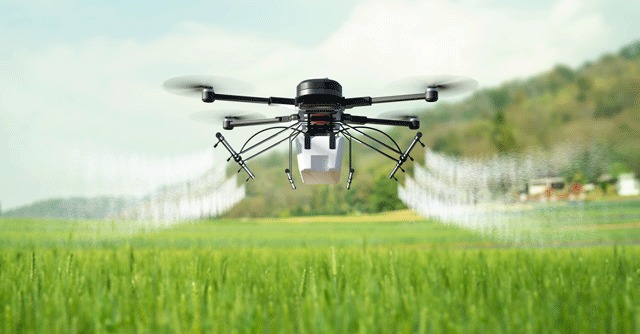In recent years, the integration of artificial intelligence (AI) with drone technology has ushered in a new era of aerial innovation livestock monitoring in agriculture. AI-powered drones are no longer just remote-controlled flying devices; they are intelligent machines capable of autonomous flight, real-time decision-making, and complex task execution. From military applications to agriculture and disaster relief, these smart drones are reshaping industries and enhancing capabilities across the board.
What Makes a Drone AI-Powered?
An AI-powered drone is equipped with onboard processors and machine learning algorithms that enable it to process data, learn from its environment, and make decisions without direct human intervention. This includes capabilities such as:
-
Autonomous Navigation: Using GPS, computer vision, and sensors, AI drones can chart and follow flight paths, avoid obstacles, and adapt to changing conditions.
-
Object Detection and Recognition: Through deep learning, these drones can identify people, vehicles, buildings, or other objects, making them ideal for surveillance or search-and-rescue operations.
-
Data Analysis: AI enables drones to analyze vast amounts of data in real time, such as monitoring crop health in agriculture or assessing structural integrity in construction.
Applications Across Industries
1. Agriculture:
AI-powered drones are transforming modern farming. They can survey large fields, assess crop health using multispectral imaging, and apply fertilizers or pesticides precisely where needed, reducing waste and increasing yield.
2. Security and Surveillance:
With facial recognition and pattern detection capabilities, AI drones enhance security systems by monitoring perimeters, detecting intrusions, and providing real-time situational awareness to law enforcement.
3. Disaster Response:
In emergencies such as earthquakes, floods, or wildfires, AI drones can quickly scan affected areas, locate survivors, and assess damage, enabling faster and more effective rescue operations.
4. Delivery Services:
Companies like Amazon and UPS are exploring AI drones for last-mile delivery. These drones use AI to navigate urban environments, avoid obstacles, and deliver packages safely and efficiently.
5. Environmental Monitoring:
AI-powered drones help monitor deforestation, wildlife, and air quality, supporting conservation efforts and environmental research with precise, real-time data collection.
Challenges and the Road Ahead
Despite their benefits, AI-powered drones face several challenges. Regulatory hurdles, privacy concerns, and the potential for misuse are ongoing issues. Ensuring ethical deployment and proper oversight is crucial for the widespread acceptance of these technologies.
Moreover, advancements in battery life, AI algorithms, and 5G connectivity are expected to further expand the capabilities and reliability of smart drones in the coming years.
Conclusion
AI-powered drones represent a powerful convergence of robotics, AI, and aviation. They are not only enhancing efficiency and safety in numerous sectors but also opening up new possibilities for innovation and problem-solving. As the technology matures, it promises to redefine how we interact with and utilize the skies above us.
